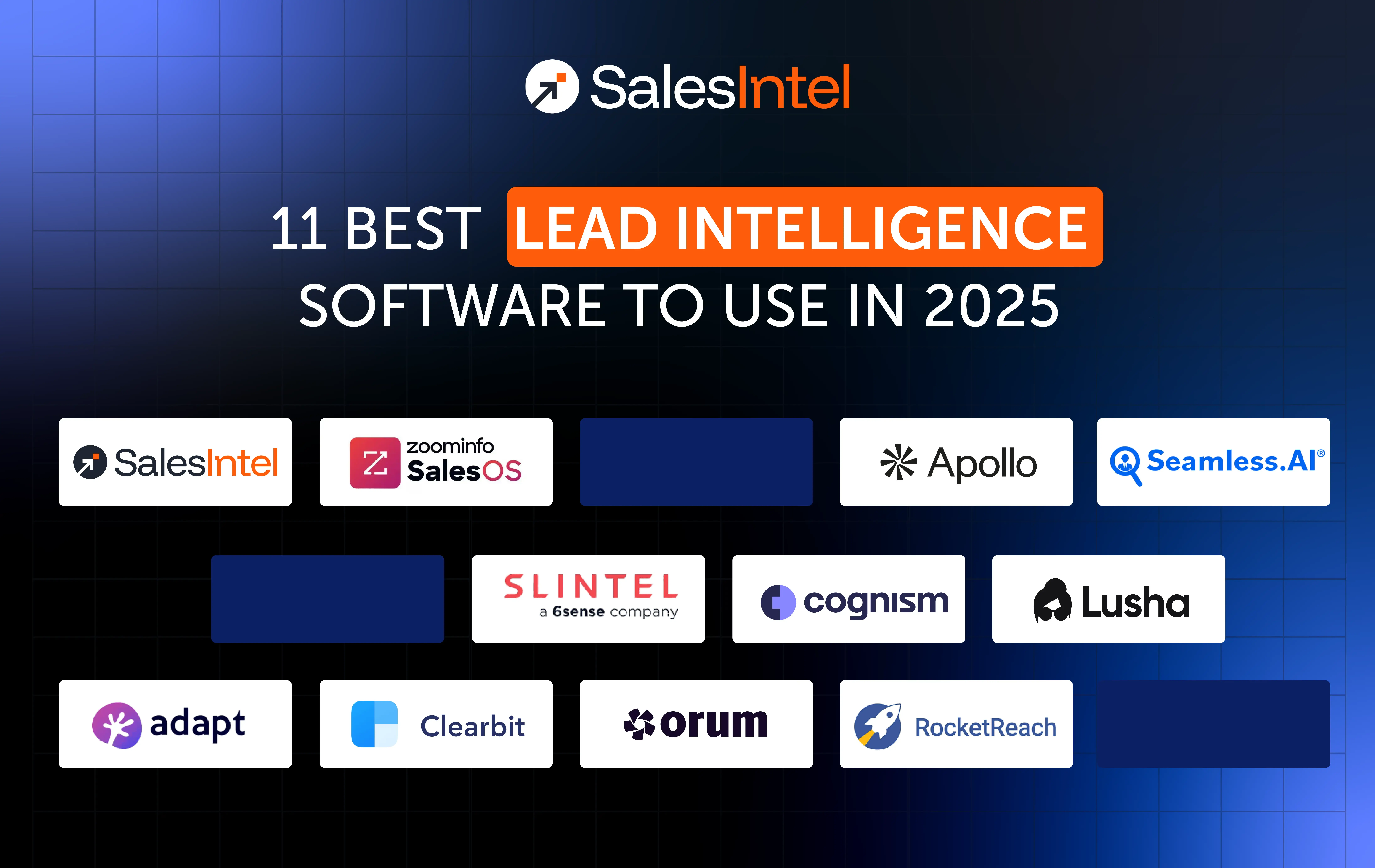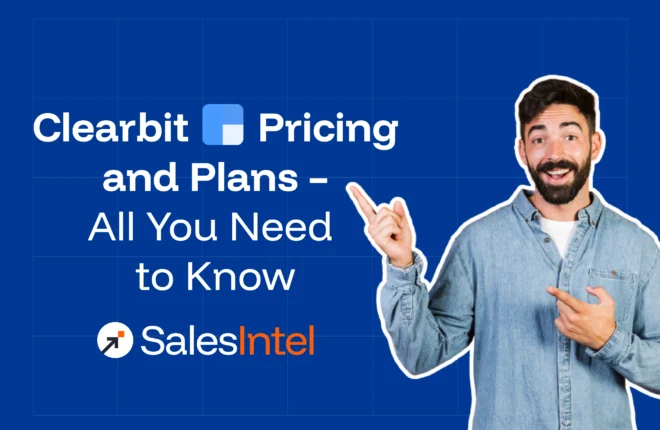Qualifying a sales lead has grown into a more complex task than simply checking boxes off of a customer profile. Sales is more than a transaction; it is a process and an increasingly personalized one. Qualifying questions are the gateway to not only moving forward in a sale but also building a positive reputation among prospects by demonstrating your interest in their specific needs.
Qualifying leads can feel like a tightrope walk. Some questions could be too invasive if you ask them too early in a conversation, yet too many general questions could be a waste of your time if the prospect turns out not to be a good fit.
Not to mention that current technology makes it easier than ever to research the demographics you need to determine whether a company fits your general customer persona in the first place.
So, what about beyond that? Here are 5 examples of essential qualifying questions that go beyond the basics to get you the information you need in order to decide whether to move forward.
What is a Qualifying Question
A qualifying question is a question that is used to determine whether a potential customer is a good fit for your product or service. Qualifying questions are often used in sales and marketing to help identify the needs and interests of potential customers, and to determine whether they are likely to make a purchase.
These questions can be used to gather information about a potential customer’s budget, decision-making process, and other factors that may impact their decision to buy. By asking qualifying questions, businesses can better understand the needs of their potential customers and tailor their sales and marketing efforts accordingly.
Best Sales Qualifying Questions
1: Where Does it Hurt?
It’s important to discern what kind of solution your prospect may need. That way, if the solution they require isn’t one that you sell, you can easily disqualify that lead or save it for another time. This means finding out about what the prospect’s current frustrations are within their company so that you can determine whether your product might be able to help.
There are several different ways to phrase this question based on what it is that you’re selling. It can be as simple as “what issues are your company’s biggest priority right now?” Saleshub’s Dan Tyre prefers the more whimsical variation of this question: “What is your biggest hairball?”
Another great way to get an idea of the prospect’s pain points while also breaking the ice is to ask them to describe an average day of work, especially when it comes to the tasks your product could be associated with. The answer to this will not only highlight the obstacles they may face, but also has the potential to reveal information about the individual’s role within the company, and thus what kind of stakeholder they are if any.
2: What About You?
People like to talk about themselves, and you need to know who you’re talking to. Of course, you probably have this person’s name, job title, and information from LinkedIn or other databases. Even so, the chances are that those brief categories do not fully encompass someone’s responsibilities entirely. While titles may be similar across the board, what those titles entail is subject to change based on company culture.
So yes, it is still acceptable to ask, what is your role? What kinds of projects are you currently working on? What would be an adequate job description for you?
3: What’s the History Here?
The key to an excellent discovery question is to delve deep without making the prospect feel like they’re laying across a velvet duvet in your office. You need to understand your prospect’s past as it pertains to their pain points and your product.
When you’ve gotten a feel for their frustrations, you can begin to explore solutions. However, you have to be careful not to waste time expanding on remedies that the prospect has already attempted to use. In order to prevent this unnecessary overlap, establish the pain points in question and then follow it up with an inquiry into the prospect’s current strategy. This includes questions like: Have you implemented a strategy to overcome this obstacle? What measures have you already taken to resolve the issue?
From there, it’s possible to delve a little deeper into what the past may have looked like. Did the strategies implemented work? Were they similar to what you are trying to offer? Have products like yours proved helpful in the past?
Getting to know your prospect’s history allows you to rule out those for whom your product might not be best, or even prepare you to talk up your product in order to compensate for disappointment from similar products they’ve tried.
4: Who Else Should I Speak To?
While these kind of questions aren’t the very first that you should ask, they are especially significant if (and when) in the course of the conversation, there is a potential for partnership between you and the prospect.
Zack Cronin of ringDNA believes that good questions are some of salespeople’s most powerful tools. There are more than likely “stakeholders from a variety of departments” with their own unique concerns, and Cronin adds that it is “important to get insight into what they might be concerned with.”
Once you’ve established there’s a problem you could help solve, don’t be afraid to ask, “Who else shares this concern? Who else might be involved in this process?”
5: What Is the Next Step?
At the end of a call, it’s important to establish a plan to move the prospect along the sales funnel if they haven’t been disqualified. In this case, it’s acceptable to ask questions like: What does the purchasing process look like for you/your company? In some cases, it’s even possible to suggest a meeting time or a next step.
Maybe the prospect would be a good candidate but isn’t quite sold. It can be tempting in those circumstances to just pitch the product right away in an attempt to convince the buyer of its value. It’s important to keep in mind that the pitch alone isn’t what sells the product. The reasons we buy are complex and varied.
Instead of pitching off the bat, try presenting a question like: What would it take for you to become our customer? Steli Efti, CEO of Close.io, offers the more casual presentation: Are we already in business, or is there anything else that needs to happen?
Read About – Sites Similar to Zoominfo
Curiosity Won’t Kill You





![10+ Sales Pipeline Management Tools [+Tips]@4x](https://salesintel.io/wp-content/uploads/2025/09/10-Sales-Pipeline-Management-Tools-Tips@4x.webp)
